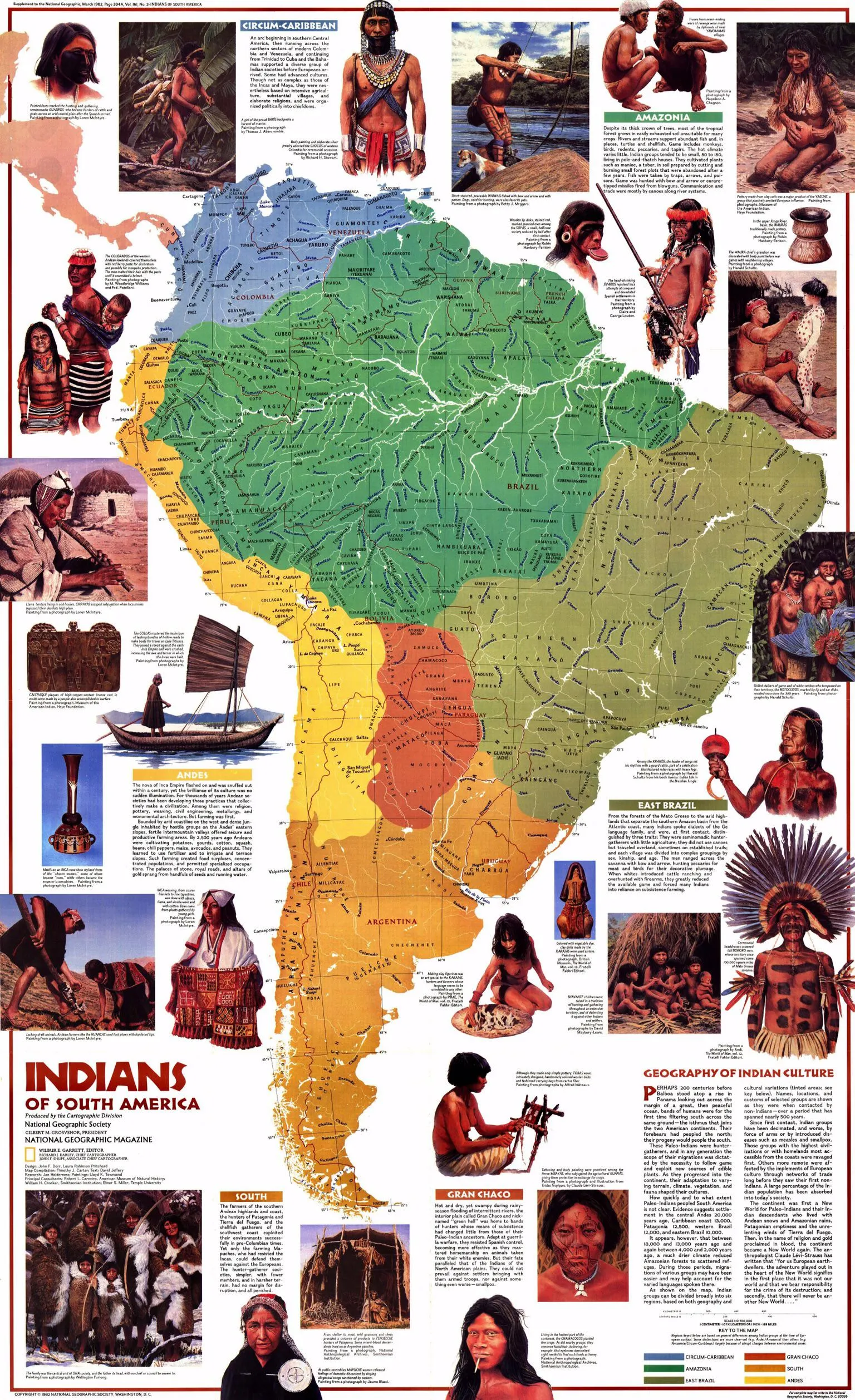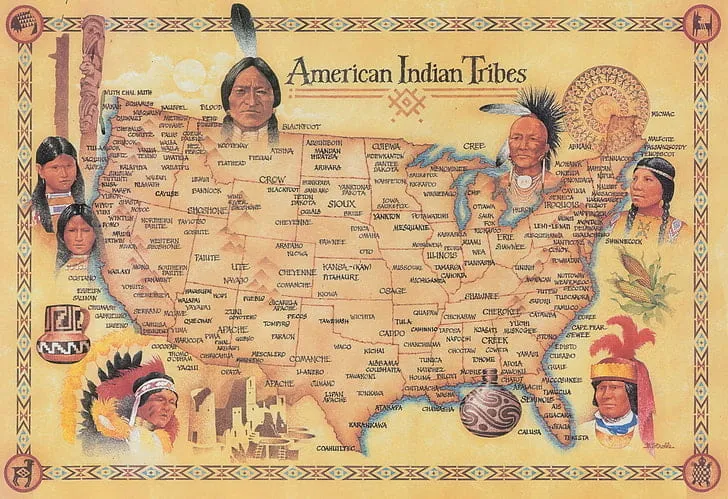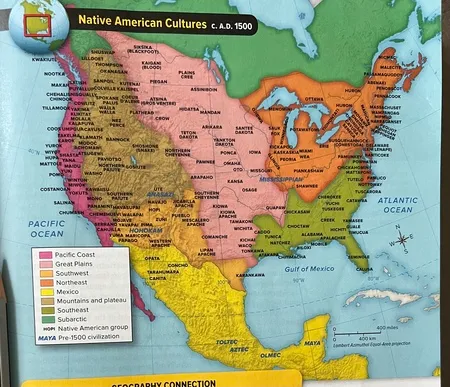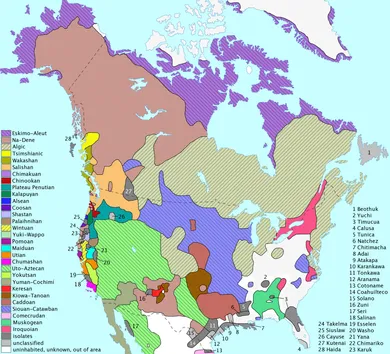Embark on a Journey Through Time with the Pre-Columbian Native American Tribes Map – Step back into history and explore the diverse tapestry of indigenous cultures that thrived on the American continent long before Columbus’s arrival.
Our Pre-Columbian Native American Tribes Map, available at NativeAmericanClothes.com, is a portal to the past, offering a visual odyssey through the territories, traditions, and societies of these remarkable peoples. Uncover the legacies of civilizations that shaped the landscape, and gain a deeper understanding of their rich heritage. Join us as we chart a course through the captivating world of pre-Columbian Native American tribes.
Pre Columbian Native American Tribes Map
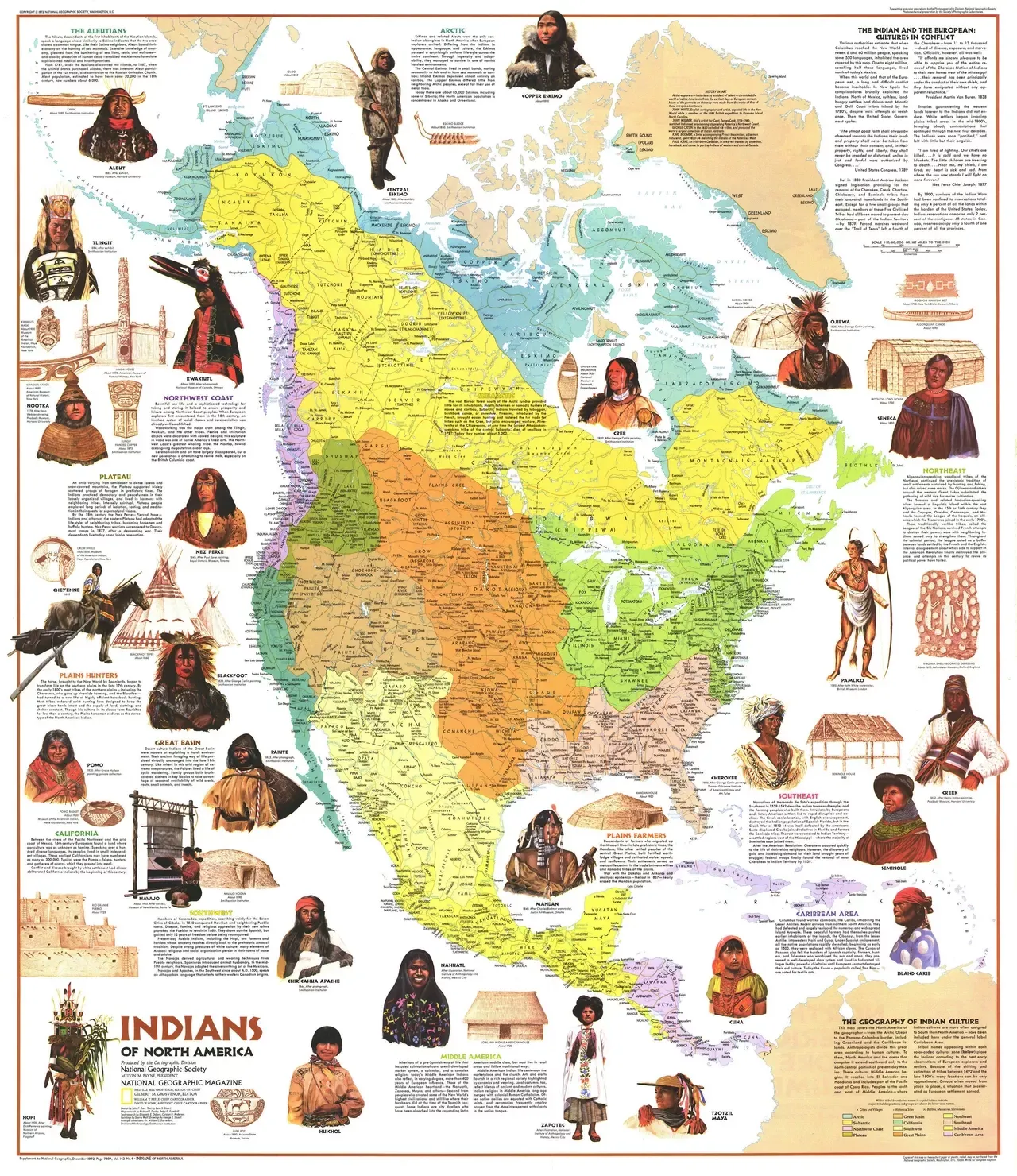
Unlocking the Mysteries of the Woodland Period: Adena, Hopewell, and More
In the tapestry of North American pre-Columbian history, the Woodland period stands as a pivotal era, characterized by distinct cultures and remarkable developments. This article delves into the various stages of the Woodland period, shedding light on the Adena and Hopewell cultures, as well as the Coles Creek culture.
Formative, Classic, and Post-Classic Stages
The Woodland period can be divided into three key stages, as per Willey and Phillipp’s classification. The Formative stage, spanning from 1000 BCE to about 500 CE, marked the period’s inception. It was followed by the Classic stage, extending from approximately 500 CE to 1200 CE. Finally, the Post-Classic stage, encompassing the era from 1200 CE to the present day, ushers us into modern times. Within this framework lies the intriguing Woodland period of North American pre-Columbian history.
Early Woodland: The Adena Culture (1000 BCE – 200 BCE)
The Early Woodland period witnessed the emergence of the Adena culture, a Native American society with a significant impact on the region. This culture, which thrived from 1000 BCE to 200 BCE, is characterized by a unique burial complex and ceremonial system. Explore the mysteries of the Adena culture and its contributions to the Woodland period.
The Hopewell Tradition: Flourishing Networks (200 BCE – 500 CE)
One of the most captivating aspects of the Woodland period is the Hopewell tradition. Flourishing along riverbanks in the Eastern Woodlands from 200 BCE to 500 CE, the Hopewell tradition was not a single culture but a network of related populations.
They were connected through an intricate trade system known as the Hopewell Exchange System. Uncover the vast extent of this exchange system, reaching from the Southeastern Woodlands to the northern shores of Lake Ontario.
Coles Creek Culture: Lower Mississippi Valley
In the later stages of the Woodland period, the Coles Creek culture emerged in the Lower Mississippi Valley. This indigenous development brought about significant changes, including the use of flat-topped platform mounds, complex political structures, and a subsistence strategy rooted in the Eastern Agricultural Complex and hunting.
Explore the distinctive characteristics of the Coles Creek culture, which laid the groundwork for the succeeding Plaquemine Mississippian period.
As we delve into the multifaceted Woodland period, we unravel the tapestry of North American history and gain insights into the diverse cultures that shaped this pivotal era.

